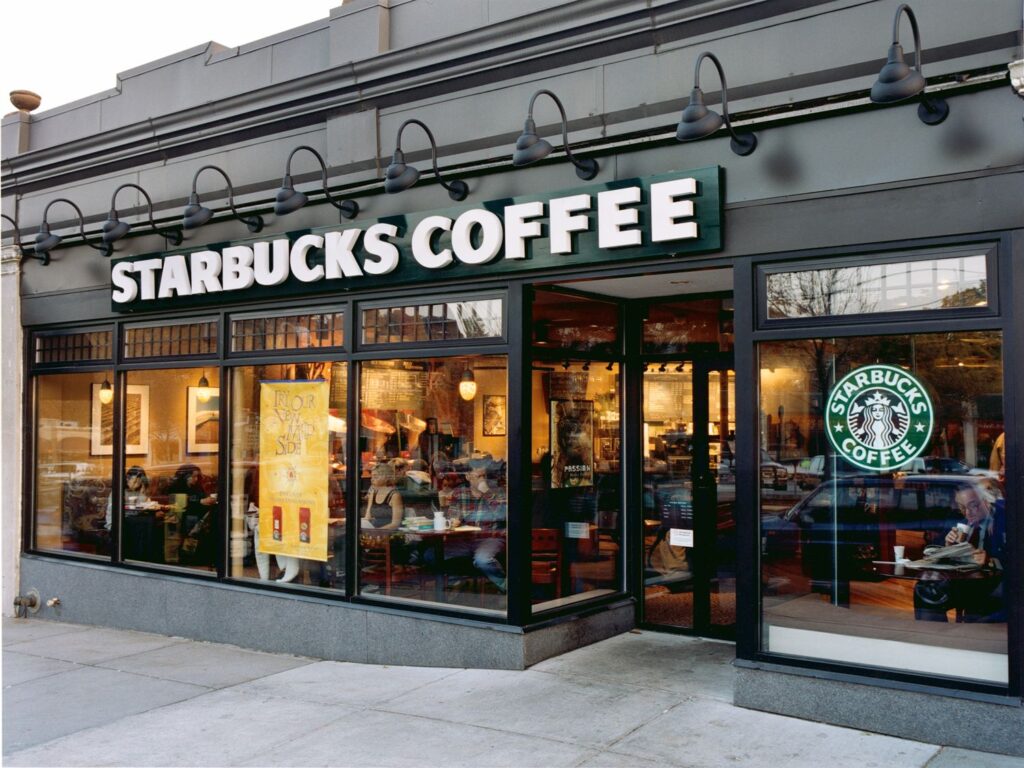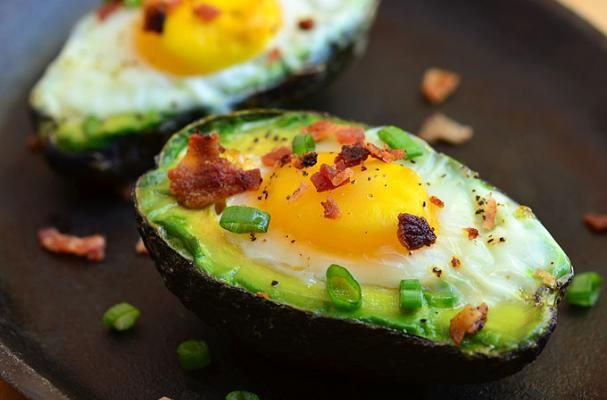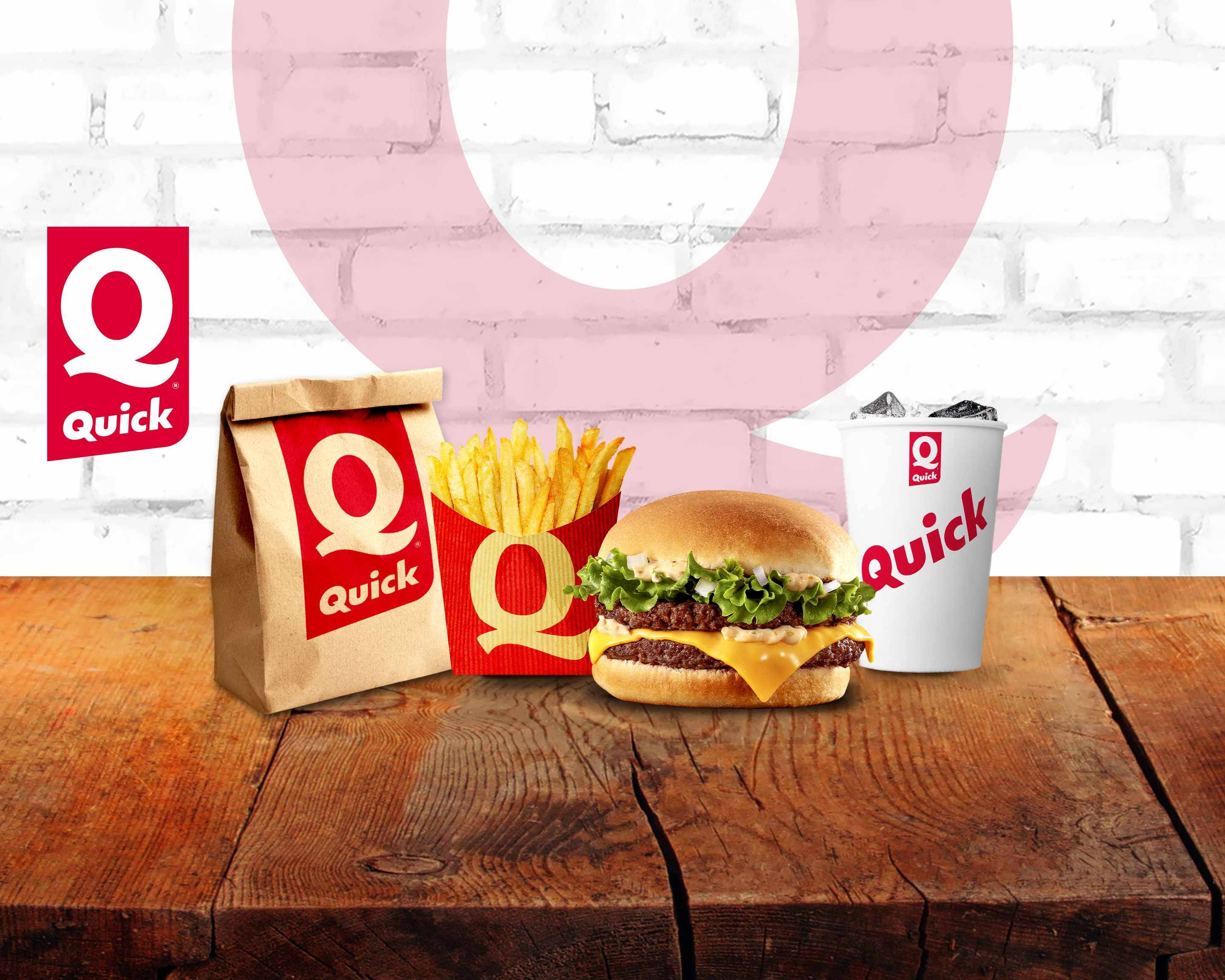
In our fast-paced world, the allure of a quick energy boost is undeniable. Whether you’re pulling an all-nighter for a looming deadline, embarking on a long drive, or simply seeking an edge in physical or mental performance, energy drinks often present themselves as the convenient solution. The industry itself is a colossal force, raking in $20 billion in 2023 and showing no signs of slowing down, a testament to their pervasive popularity.
Yet, beneath the promise of enhanced endurance, sharper focus, and faster reaction times lies a complex reality. What truly happens once that can is cracked open and its contents consumed? Beyond the immediate jolt of caffeine, what lasting imprints are left on our brain, our heart, and even our sleep quality? It’s a vital question, especially given the growing number of young people turning to these beverages.
This article aims to provide a comprehensive, expert-backed exploration of energy drinks, moving beyond the hype to empower you with the knowledge needed to make truly informed decisions about your well-being. We’ll unpack the ingredients, scrutinize the short and long-term effects, and identify scenarios where skipping these wired wonders might be your best bet for achieving sustainable, natural boost and focus. Let’s dive into 15 critical reasons why you might want to reconsider your next energy drink.
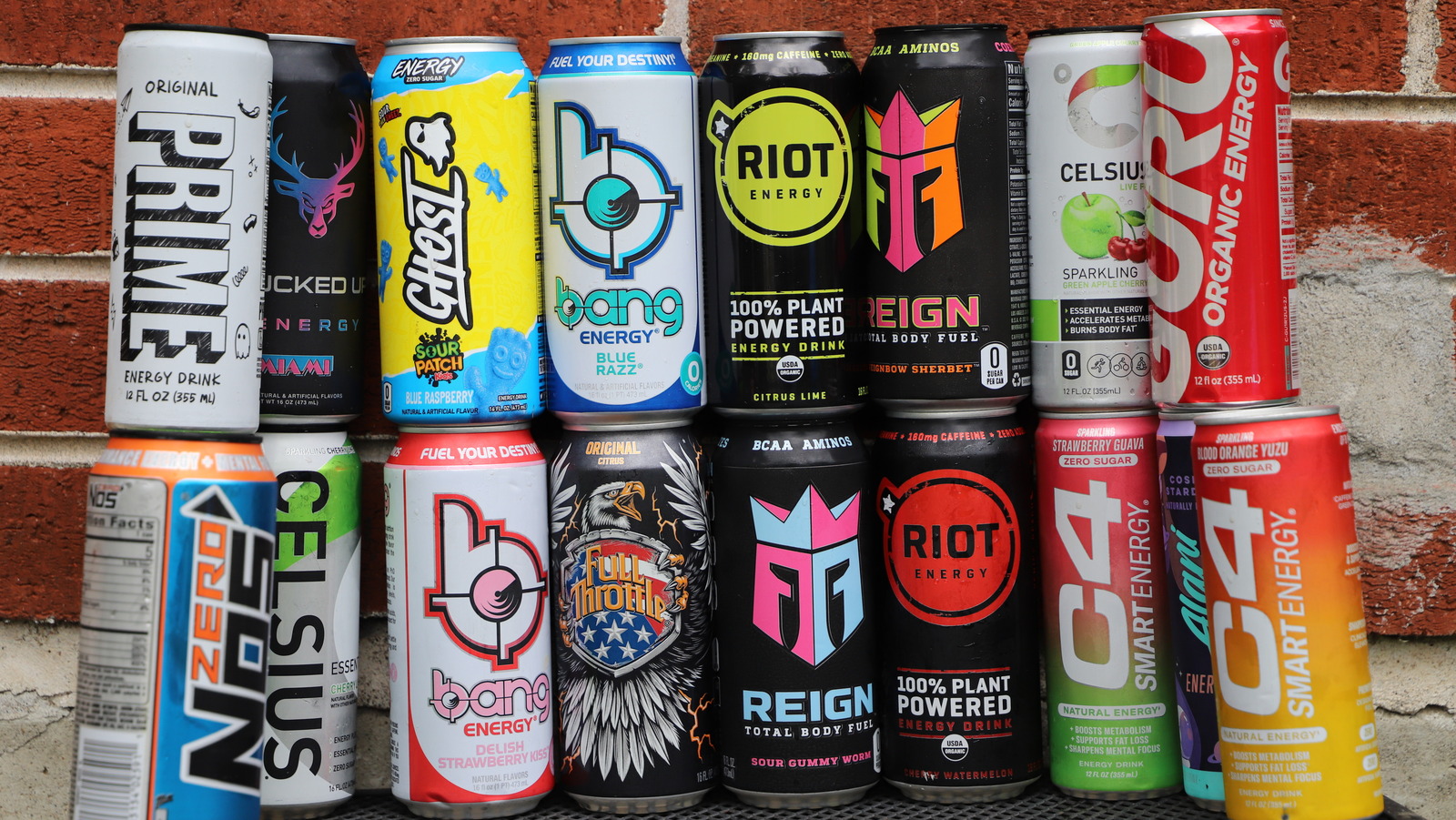
1. **The Dehydrating Effect of Energy Drinks**Many consumers reach for energy drinks with the mistaken belief that they contribute to hydration, especially during strenuous activities or periods of intense focus. However, this common misconception is far from the truth. Contrary to popular belief, energy drinks actually have a significant net diuretic effect on the body.
This diuretic action is primarily due to their high caffeine content. Caffeine is a well-known diuretic, meaning it increases urine production and can lead to fluid loss. What you might think is helping you stay refreshed could actually be working against your body’s hydration needs, leaving you more dehydrated than you started.
Such a dehydrating effect is particularly concerning for individuals engaging in physical exercise or prolonged activities, where maintaining optimal fluid balance is crucial. While sports drinks are designed to replenish fluids and electrolytes, energy drinks, with their potent stimulant blend, actively work against this goal, making them a counterintuitive choice for true bodily support.

2. **Unregulated Industry & Unclear Caffeine Content**One of the most unsettling aspects of the energy drink market is its lack of rigorous oversight. Unlike prescription medications, energy drinks are not approved by the FDA before they are marketed. They are frequently classified as dietary supplements or sometimes just as beverages, which means they are not subjected to the same stringent review processes.
This regulatory loophole results in a significant challenge for consumers: the caffeine content in energy drinks is often highly variable and may not be accurately or fully disclosed on the label. Manufacturers can decide whether or not to provide information on caffeine content, and some may list it merely as an ingredient or part of a “proprietary blend” without specifying the exact amount.
This ambiguity makes it incredibly difficult for individuals to be mindful of their caffeine intake, let alone make informed decisions about what they are consuming. Without clear and consistent labeling requirements, consumers are left guessing about the actual stimulant load they are introducing into their bodies, undermining their ability to manage potential risks effectively.

3. **The Hidden Dangers of “Energy Blends”**Beyond caffeine, many energy drinks feature what is termed an “energy blend” on their labels. This seemingly innocuous phrase refers to a cocktail of various stimulants, which can include ingredients like taurine, ginseng, guarana, and ginkgo. While individually, some of these components might offer benefits in controlled amounts, their combined effect in an energy drink is a different story.
These ingredients, when mixed with caffeine, create a synergistic effect. This means they combine to amplify the overall stimulant impact far beyond what caffeine alone would produce. This amplified stimulation can push the body and mind to levels that are not only artificial but potentially overwhelming and harmful.
Dr. Anna Svatikova, a cardiologist at Mayo Clinic, highlights that it’s “the combination of the caffeine together with the other stimulants that brings up the topic of danger of these energy drinks.” This potent blend can lead to unpredictable and intensified physiological responses, making these energy drinks more than just a simple caffeine delivery system, and instead, a complex chemical interaction with your body.
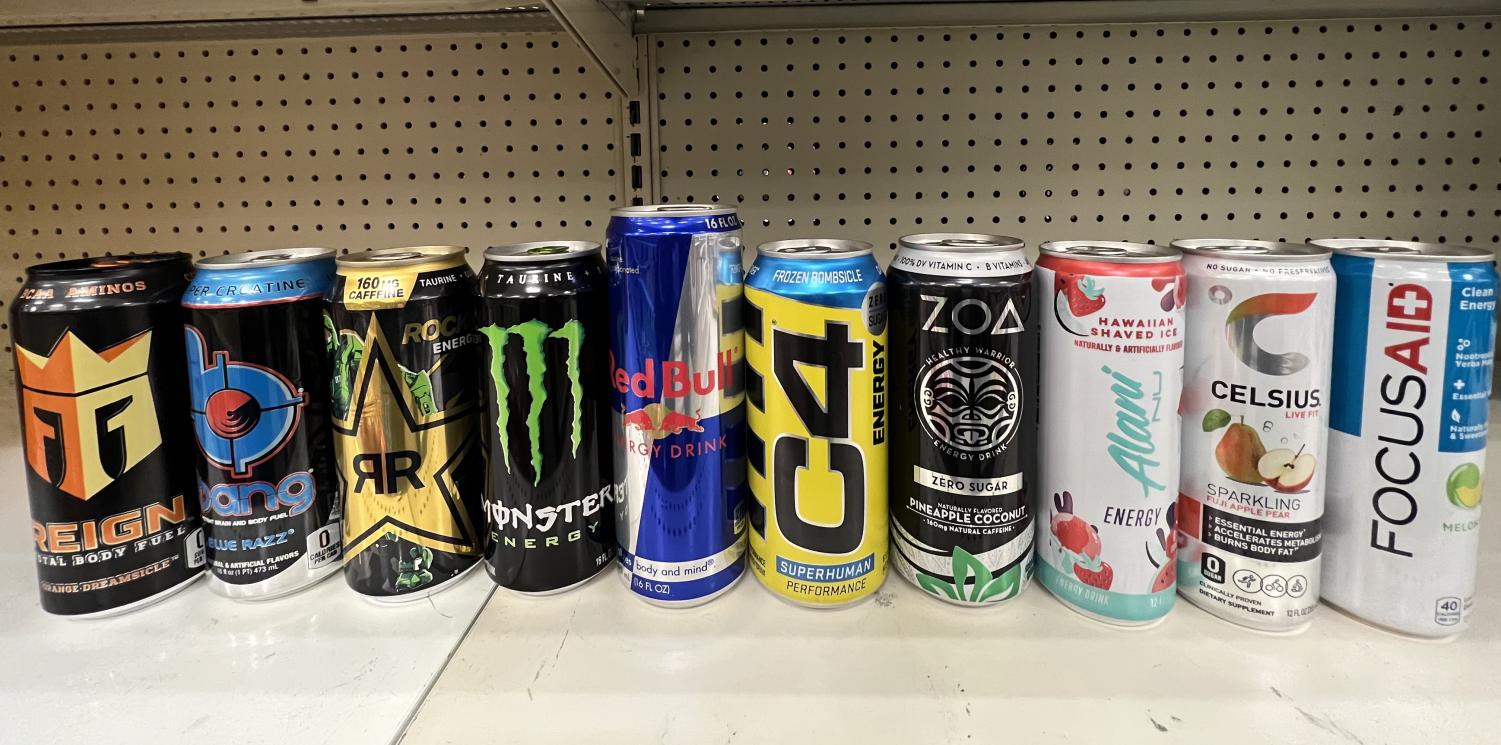
4. **Alarming Sugar Content: A Sweet Trap**For many, the immediate concern with energy drinks often revolves around caffeine. However, the sugar content in these beverages presents an equally alarming health risk, one that often goes underappreciated. People would be genuinely surprised by the sheer amount of added sugar packed into a single can of energy drink.
Manufacturers can include as much sugar as they wish, with content ranging dramatically from 30 grams up to a staggering 70 grams in one serving. To put that into perspective, considering that one teaspoon holds approximately four grams of sugar, a drink with 60 grams of sugar delivers about 15 teaspoons in a single sitting. This isn’t just a lot of sugar; it’s an excessive amount.
In fact, 15 teaspoons of sugar is equivalent to a third of a cup, and for most adults, this quantity surpasses an entire day’s recommended limit for added sugar in just one drink. Such high levels of liquid sugar contribute significantly to caloric intake, fueling issues like weight gain, and establishing a pathway to more serious metabolic disruptions down the line. It’s a sweet trap that delivers a significant health cost.

5. **The Unknowns of Artificial Sweeteners**In an effort to appeal to health-conscious consumers or those looking to avoid the high sugar content, many energy drink manufacturers have turned to non-caloric sweeteners. These alternatives include aspartame, sucralose, or Stevia, which are designed to provide the desired sweetness without the caloric and glycemic effects of traditional sugars like sucrose or high fructose corn syrup.
While these sweeteners might seem like a healthier alternative on the surface, the scientific community is still actively learning about their long-term effects. The full scope of their impact on human health, including gut microbiome, metabolic processes, and overall well-being, is not yet completely understood. This uncertainty warrants a cautious approach.
As our understanding evolves, it becomes clear that simply swapping out sugar for artificial sweeteners doesn’t automatically make an energy drink a healthy choice. Until more definitive data on their long-term consequences is available, consumers should be mindful that these alternatives also come with their own set of potential unknowns and should be consumed with prudence.
6. **Immediate Cardiovascular Risks**One of the most immediate and concerning impacts of energy drink consumption is on the cardiovascular system. Cardiologist Dr. Anna Svatikova’s research highlights a rapid and significant increase in blood pressure shortly after intake. Even in healthy individuals, blood pressure can rise by as much as seven millimeters of mercury within 30 minutes of consuming one energy drink, a considerable jump especially given the narrow margin between normal and elevated blood pressure.
Beyond blood pressure spikes, energy drinks can trigger other alarming cardiac responses. Many people experience palpitations, a sensation of their heart racing or pounding, which can be disquieting. More seriously, these beverages can lead to heart rhythm irregularities, or arrhythmias, and alter the electrical activity of the heart, which are signs of significant cardiovascular stress.
Furthermore, studies have shown that energy drink consumption can increase stress hormones by about 70 percent. This surge in stress hormones contributes to the overall cardiovascular strain, pushing the heart and circulatory system into overdrive. These short-term effects underscore the immediate physical toll these drinks can take, even on seemingly healthy individuals.


